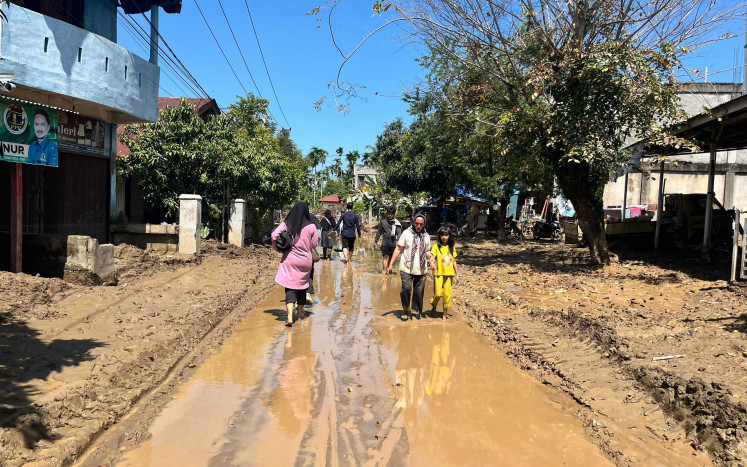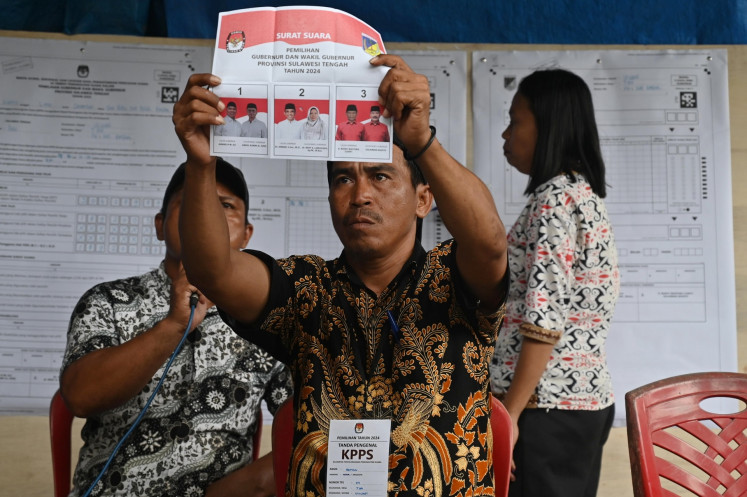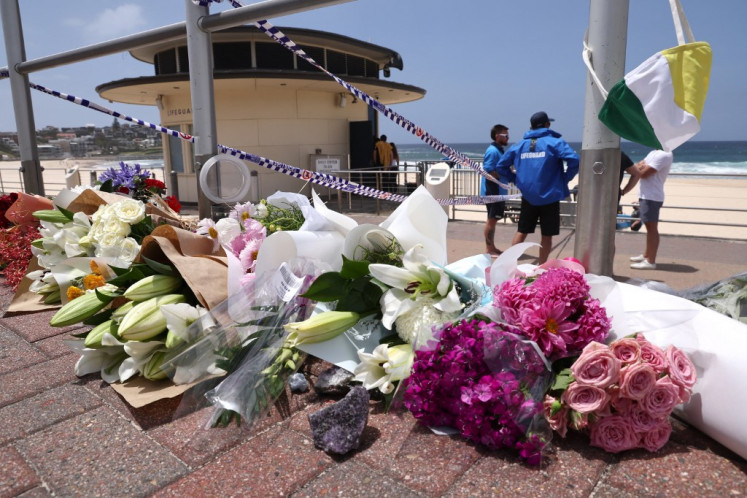Popular Reads
Top Results
Can't find what you're looking for?
View all search resultsPopular Reads
Top Results
Can't find what you're looking for?
View all search resultsStalking, revenge pornography reports on rise in Japan
Japan continued to see more reported cases of stalking and revenge pornography in 2017, with a revised law expanding the definition of offenses and the increased willingness of victims to come forward leading to the rise, police said Thursday
Change text size
Gift Premium Articles
to Anyone
J
apan continued to see more reported cases of stalking and revenge pornography in 2017, with a revised law expanding the definition of offenses and the increased willingness of victims to come forward leading to the rise, police said Thursday.
Police nationwide were consulted in a record-high 23,079 suspected stalking cases in 2017, up 342 from the year before. The number of cases in which police arrested suspects or referred them to prosecutors over breaches of an antistalking law also reached a record high of 926, up 157, according to data released by the National Police Agency.
The data also showed an uptrend in the number of people approaching police with revenge pornography complaints, the figure in 2017 rising 180, or 16.9 percent, from a year before to 1,243. Revenge pornography involves a victim having compromising images of a sexual nature retained, distributed or used as a form of leverage by another person.
Read also: 'Little idols': Japan's dark obsession with young girls
With the number of stalking consultations remaining above 20,000 for the fifth consecutive year, an NPA official said victims "feel more comfortable in coming forward as the police have become more ready to respond."
The rise in stalking-related figures followed the entry into force of an amended antistalking law in January 2017 which outlawed someone making repeated and unwanted contact through social media as well as prohibiting loitering near a targeted persons home or workplace.
Under the new law, police can issue a restraining order without prior warning in cases where it is deemed an emergency.
Reflecting the changes, the number of warnings police issued to suspected stalkers dropped 297 to 3,265, while the number of restraining orders rose 489 to 662.
An overwhelming 88.3 percent of stalking victims were women, and more than 60 percent were in their 20s and 30s. A total of 82.7 percent of suspected stalkers were men, the data showed.
The most common relationship between the victim and the perpetrator was boyfriend-girlfriend, including former partners.
The number of revenge pornography reports has remained above 1,000 since 2015, when the police began maintaining records, with young women the worst affected.
Read also: Japan's isolated older 'hikikomori' shun society for years
A total of 79.6 percent of victims were under 40, with 468 in their 20s, followed by 307 who are 19 or younger. There were 214 people targeted in their 30s while the youngest affected were two 11-year-old girls.
Similar to trends seen in stalking cases, 91.6 percent of the victims were women, while 83.6 percent of the perpetrators were men. The most common relationship between the victim and offender again was boyfriend-girlfriend, including former partners.
A total of 514 cases saw victims being threatened that compromising images would be distributed, followed by 362 cases in which images have been taken or retained, and 255 cases in which they received inappropriate images. In 236 cases, compromising images were publicly distributed without consent.











